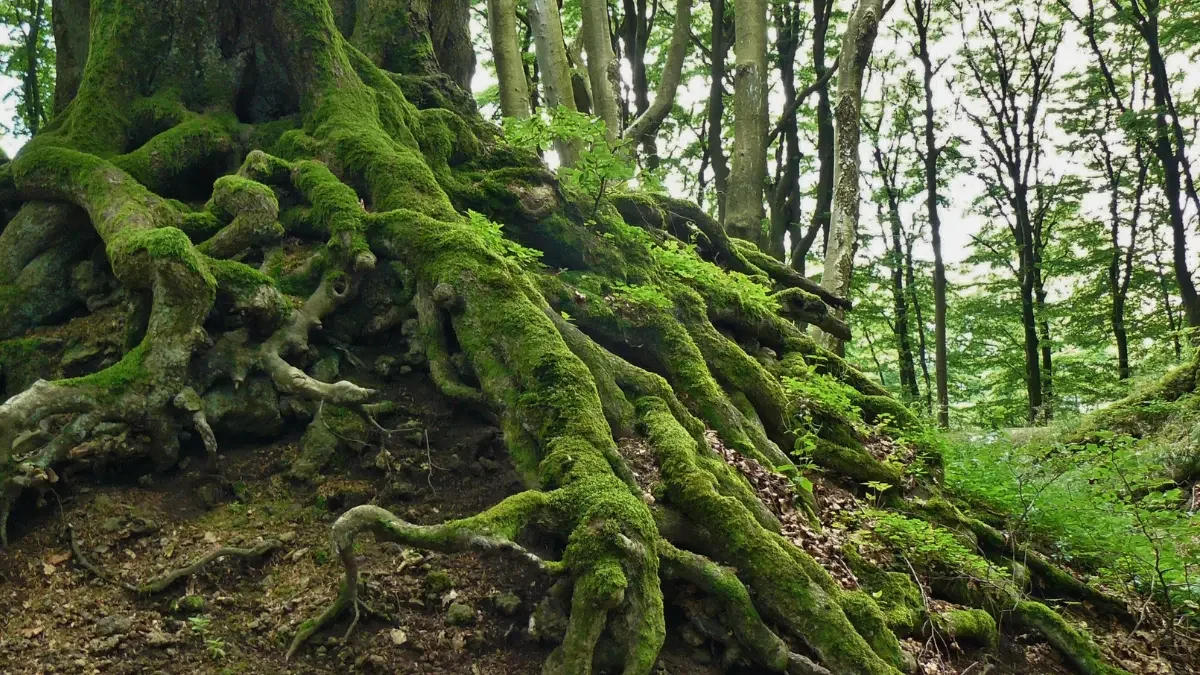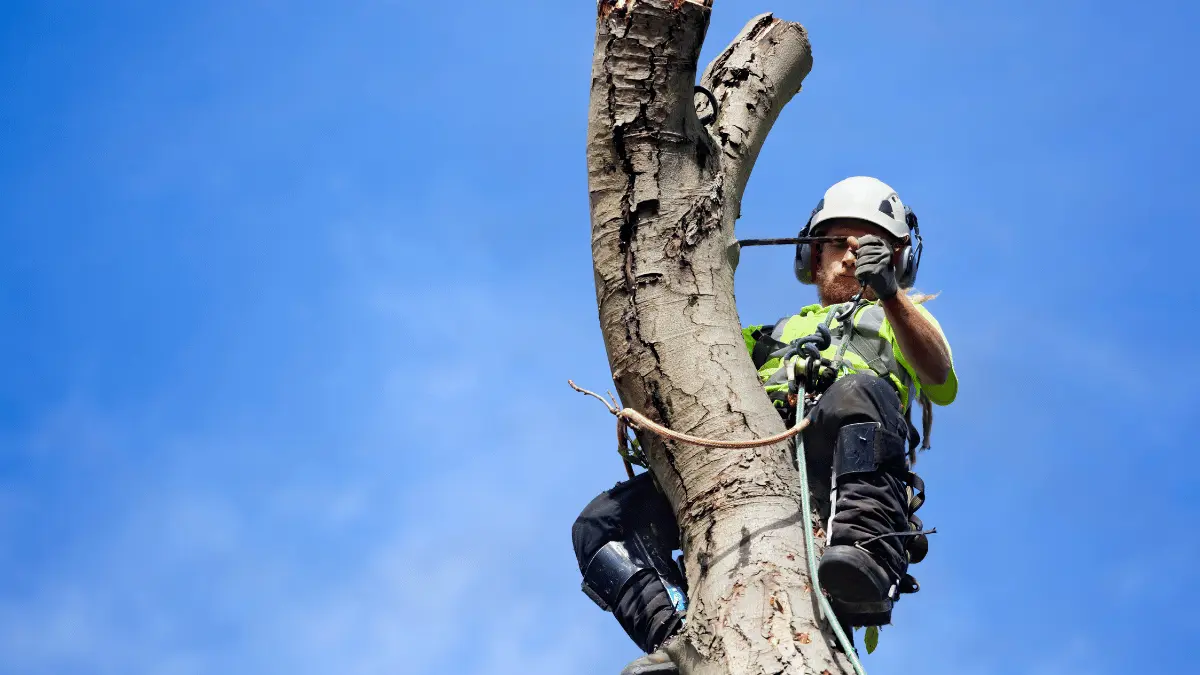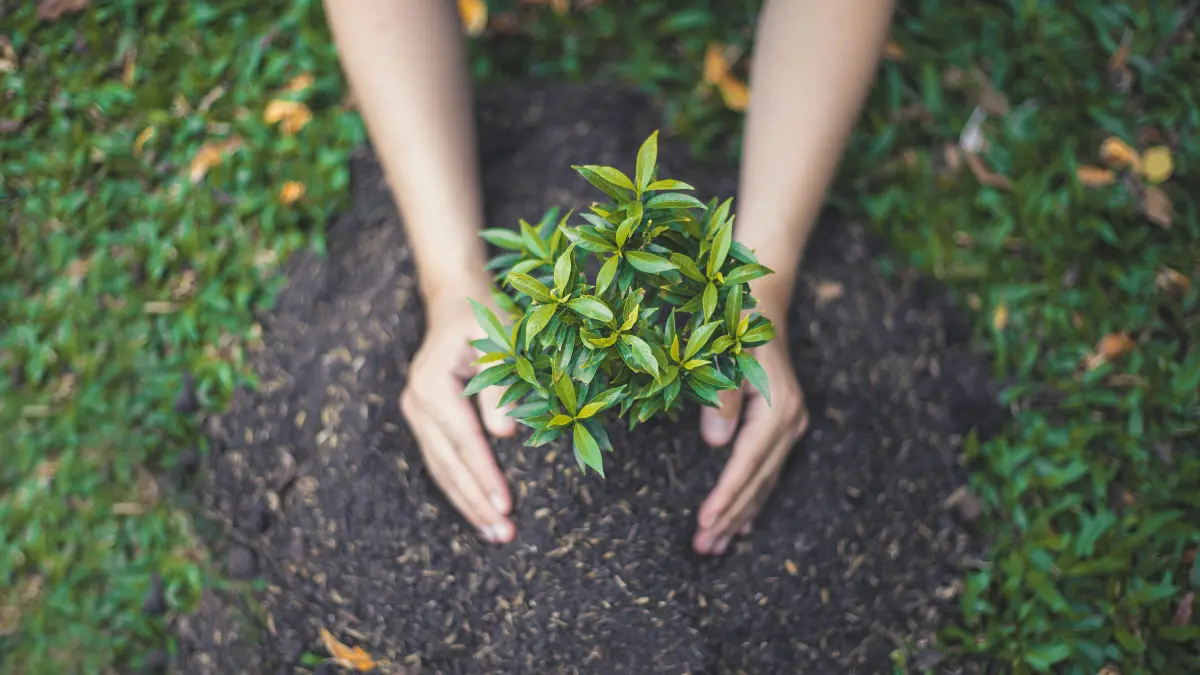We always love to manage a green and healthy tree yard, which is why we don’t like to see them suffering from different kinds of diseases. But the truth is, there are some situations we cannot completely control. Among the most common tree diseases, root rot in trees holds a significant place. This condition usually develops slowly and goes unnoticed until the tree has suffered significant damage.
The most dangerous thing about this condition is that a tree cannot properly absorb water and nutrients, leading to many issues. The condition worsens because it cannot be identified without proper intervention. Even after that, it needs a proper medical plan, without it, the tree’s survival is difficult.
So in this blog, we are going to discuss everything you need to know about root rot in trees. Stay with us until the end so you can keep your backyard green and thriving in every season.
How to Tell If Your Tree Has Root Rot?

If we can identify this condition earlier, it will always help to protect your tree. So, what are the things you can see if your tree has this disease?
- Yellowing or Wilting Leaves – As a result of the tree’s root system failing to absorb water and nutrients, the leaves start to become yellow and wilt. Once you notice this condition, you can decide that something is wrong with the tree.
- Soft, Mushy Roots – Healthy and well-growing roots are firm and white. But if the rot continues, the roots will turn brown or black. You may also notice that the roots become mushy.
- Stunted Growth or Tree Leaning – If you notice a tree is not growing proportionally with its age and has stunted growth combined with a weak structure, you should be aware of this. Most likely, the reason is tree root system issues linked to rot.
So, if you suspect one of your trees has root rot, the first thing you should do is dig around the tree and closely examine its roots. If you notice it certainly has the disease, you should act very soon to protect the tree
Can a Tree Recover from Root Rot?
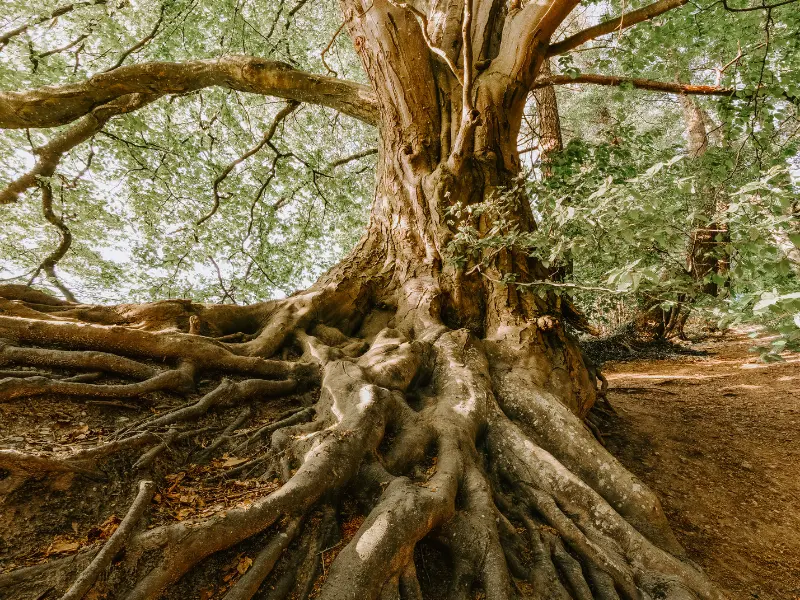
According to tree care experts, there is no cure if the tree is infected by fungi and the situation is dangerous. However, the situation can be changed if you identify the condition early and start treatment. You should also be aware that the chances of recovery depend on the tree species and the nature of the infection. For example, oaks and maples have a better chance of recovering since they are more resilient tree species.
If the tree is mildly affected:
- Improve the soil drainage.
- Reduce overwatering.
- Add organic matter to the soil to help with recovery.
With these practices, you can save the tree if the majority of the root system is not compromised.
In summary, when it comes to root rot, prevention is the best option you should know about. Here are some tips to prevent root rot in your trees:
- Follow a proper watering schedule.
- Ensure well-draining soil for the trees.
- Perform regular inspections.
How to Save a Tree with Root Rot
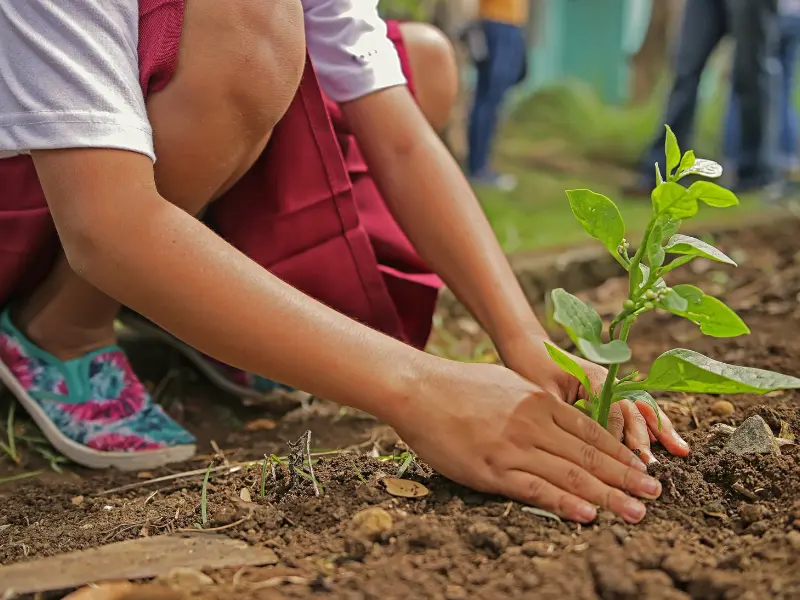
Like we said before, when a tree is suffering from root rot, there are fewer odds that it can survive. But it is better to try instead of giving up.
So let us give you a step-by-step process to protect your tree from rotting.
Step 1: Remove Infected Roots and Soil
Carefully dig around the base of the tree and examine the roots. Use sterilized pruning shears to trim off any soft, mushy, or blackened roots. Remove the surrounding infected soil to prevent the spread of fungal infections.
Step 2: Improve Soil Drainage for Trees
Poor drainage is one of the main causes of root rot. To fix this, aerate the soil around the tree and mix in sand or organic compost to improve drainage. You can also create a raised bed to enhance water flow and reduce excess moisture.
Step 3: Apply the Best Fungicides for Tree Root Rot
Using a fungicide can help stop the spread of infection. Some effective options include:
- Copper-based fungicides (good for fungal control)
- Phosphorus acid fungicides (help boost root resistance)
- Bio-fungicides (contain beneficial microbes to fight harmful fungi)
Always follow the product instructions to ensure safe and effective application.
Step 4: Prune Affected Areas and Provide Proper Nutrients
Trim dead or diseased branches to reduce the stress on the tree. Apply a balanced fertilizer to strengthen the remaining roots and encourage new
growth. Adding organic mulch can also help regulate soil moisture and temperature.
Step 5: Monitor Tree Recovery and Take Preventive Measures
Keep an eye on the tree’s condition over the next few months. Avoid overwatering, ensure proper drainage, and conduct regular inspections to catch any signs of recurring root rot.
Preventing Tree Root Rot
Preventing tree root rot is essential because prevention is always better than cure. The best way to avoid this disease is to take proper precautions from the very beginning, starting with soil selection and planting techniques.
- Proper Soil and Planting Techniques
Trees should be planted in well-draining soil to prevent excess moisture from accumulating around the roots. When planting, avoid burying the root flare (where the trunk meets the roots) too deeply, as this can trap moisture and encourage fungal growth. - Balanced Irrigation and Mulching
Overwatering is the primary cause of root rot. It is important to maintain a balanced irrigation schedule—water deeply but infrequently to promote deep root growth. Mulching around the base of the tree helps retain moisture and regulate soil temperature, but keep mulch a few inches away from the trunk to prevent fungal infections. - Enhancing Soil Health
Adding organic matter like compost improves soil aeration and strengthens the tree’s resistance to diseases. Well-aerated soil allows roots to breathe and reduces the likelihood of fungal infections. - Preventive Treatments and Monitoring
Applying fungicides or beneficial mycorrhizal fungi can protect trees in high-risk areas. Regularly inspecting trees for signs of stress, such as yellowing leaves or poor growth, allows for early detection and intervention.
Now you know how to identify and treat root rot in a tree and what you should do to prevent it. But what if you don’t have time for proper inspection of your trees and miss the early signs? No worries! You can always hire a professional tree service company to handle it for you.
Let us introduce the best of the best for your tree care needs.
Why Hire Us?
At KD Tree Services, we go beyond the branches! Our certified arborists provide expert tree care with transparent pricing, ensuring no hidden charges. We offer customized solutions tailored to your needs, focusing on tree health, sustainability, and eco-friendly practices. With 10 years of expertise, we guarantee on-time, reliable service to keep your trees thriving. Let us care for your trees like they’re our own!

Let us help you protect and preserve your trees. Contact KD Tree Services now and give your trees the expert care they deserve!



